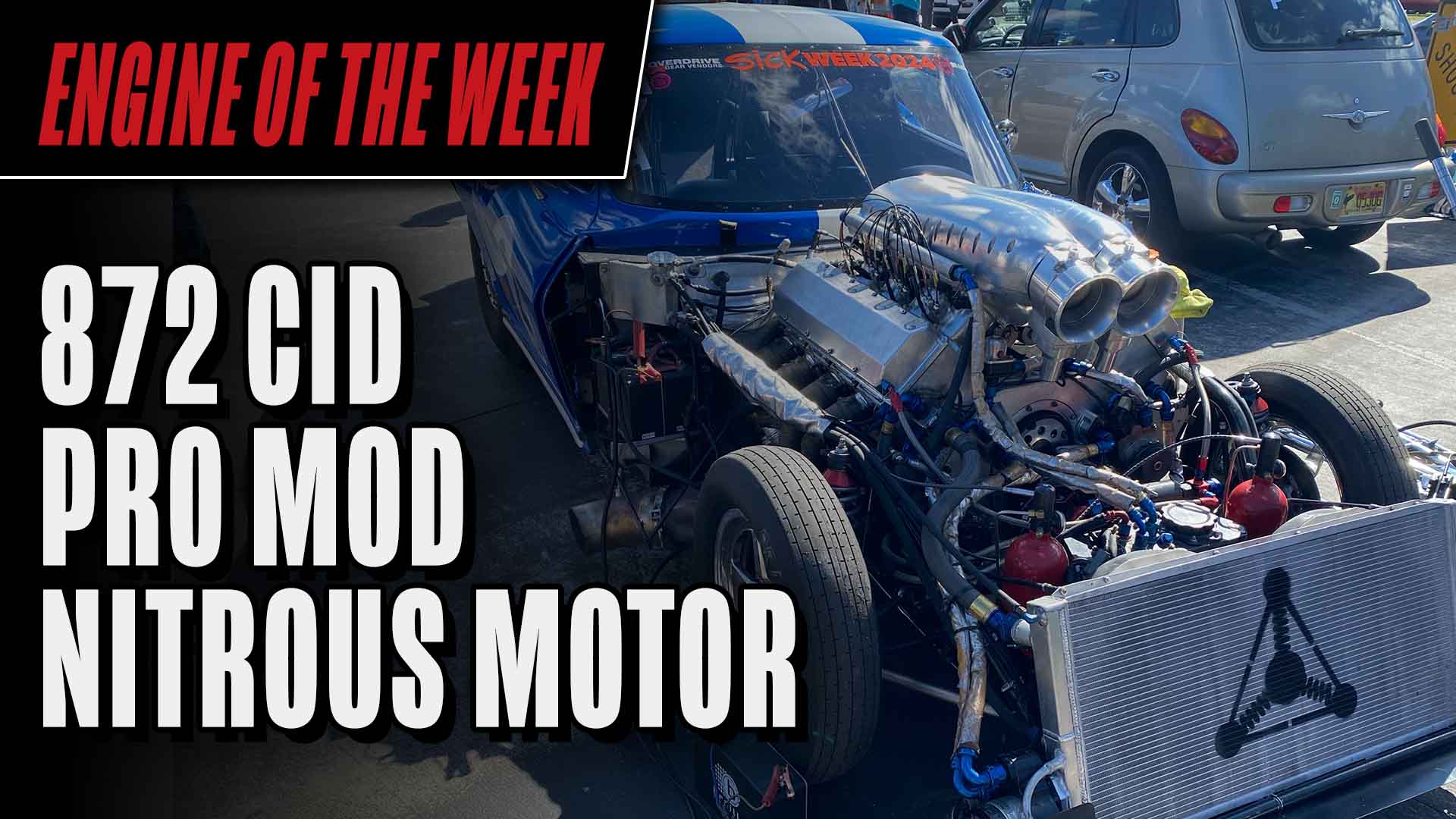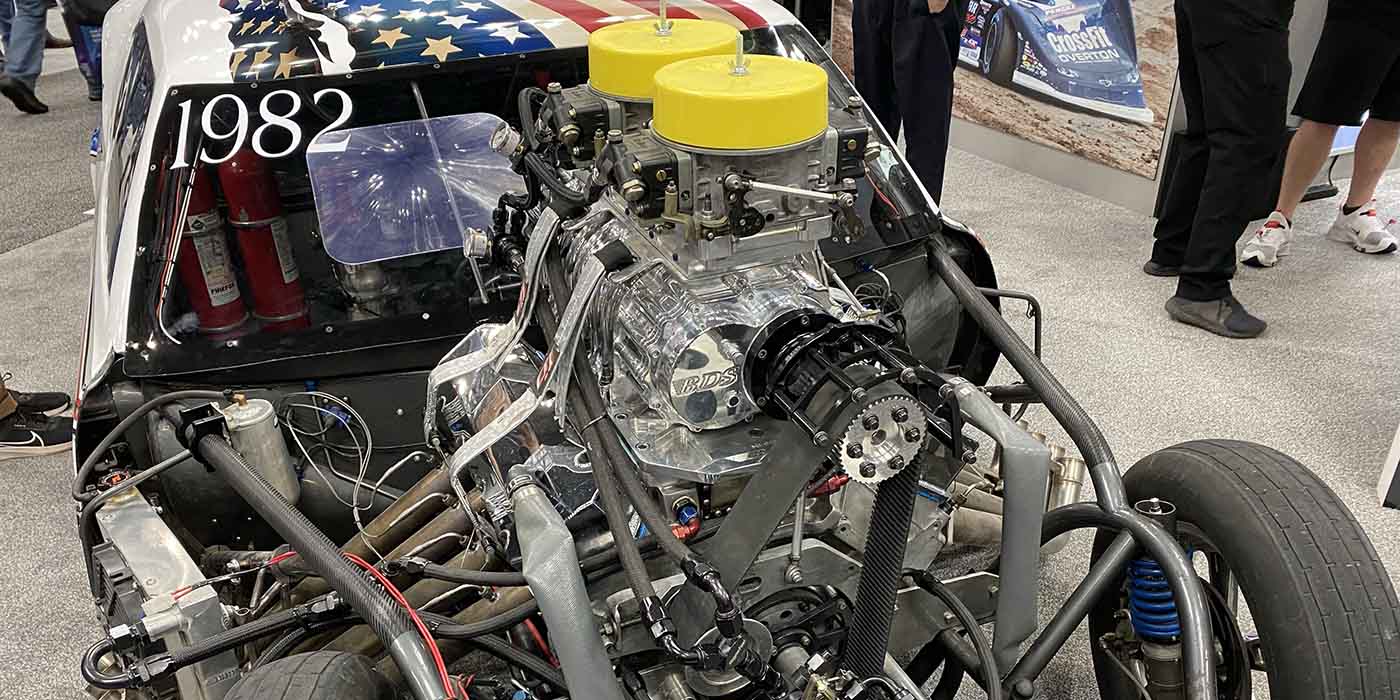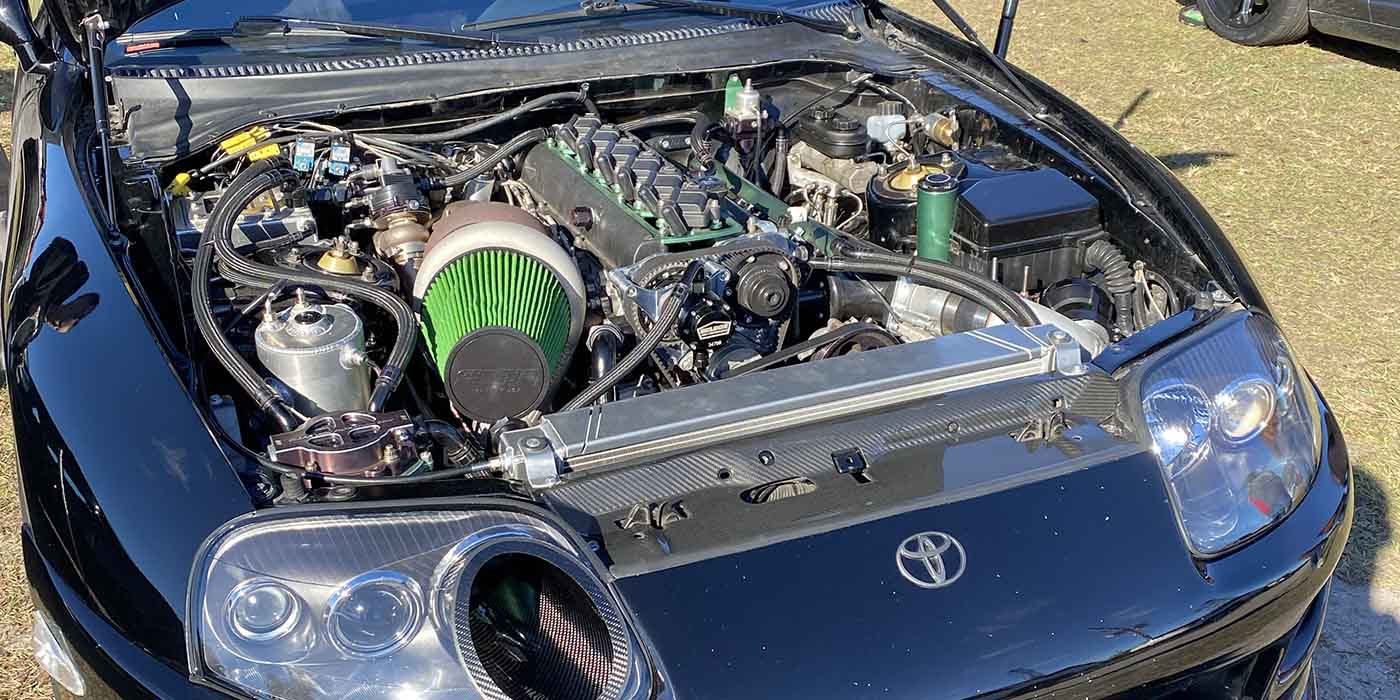Big Performance, Small Engines, Fierce Competition
At the beginning of 2019, we wrote about all the different ways the import side of the sport compact market has been gaining ground on the domestic engine market. And while it is still a smaller segment of the automotive industry here in the U.S., there’s no denying it’s growth, especially when it comes to engine building. Specifically, the growth in import work, on both cars and engines, can be seen on the racing side of the spectrum. Engines such as Honda’s K and B series, Mitsubishi’s 4G63 and Nissan’s RB26 and VR38, can be seen flying down the drag strip.
The sport compact crowd used to be off in the shadows while the domestic guys were in the limelight, we wrote earlier this year. However, today it seems the import racing community is bigger than ever, and with drag racing classes such as All Motor, Nitro All Motor, Sport Front-Wheel Drive (SFWD), All-Wheel Drive (AWD), Index class, and others, we don’t see it going away any time soon.
Today’s dedicated drag race import engines are cranking out anywhere from 450 to 1,500 horsepower to stay competitive. As Luke Wilson of 4 Piston Cylinder Heads says, “It’s all getting kind of crazy.” We recently dove into the craziness to give you a glimpse of what import drag race engine building looks like today.
Racing Classes
Whether your customers are racing in a Honda, Acura, Mitsubishi, Nissan, Toyota or Subaru, there are plenty of racing series and classes for them to compete in.
One such class of racing is the index class. These classes are usually open to all import and domestic vehicles, allow any combination at any weight, feature a .400 or .500 pro tree, and allow a 32-car field. The racer closest to the time index in the 1/4-mile wins. Popular index classes are 10.50 and 11.50.
Anyone running a naturally aspirated import engine will likely gravitate toward the All Motor class. This class features full-bodied, front-wheel drive import cars with either a 4-cylinder or 6-cylinder engine pushing out around 450-600 horsepower. The fuel and weight are both regulated, and the national record in the 1/4-mile is 9.44 seconds.
A similar class to All Motor, with a key difference being the permitted use of nitromethane fuel, is the Nitro All Motor class. This class also features front-wheel drive 4- and 6-cylinder engines, and the national record is 8.9 seconds in the 1/4-mile.
One of the most popular classes for import drag racers is the Sport Front-Wheel Drive (SFWD) class. This class features front-wheel drive, turbocharged import cars with strict turbo, fuel and weight restrictions. Engines must be from the same manufacturer as the car’s body. The engine must be an overhead-cam, production-based design with a maximum of two power adders, and in stock, transverse configuration. Dry sump oiling systems or external oil pumps are prohibited unless OEM-equipped and the engine is using the complete OEM oiling system. The national record for the 1/4-mile in this class is 7.9 seconds at 196 mph.
Another class, which is up and coming and fairly open on rules, is the All-Wheel Drive (AWD) class. In this class, the engine must be an import or a domestic sport compact overhead-cam, production-based design. Aftermarket blocks, engine swaps of same or different manufacturer of body, and dry sump oiling systems or external oil pumps are all permitted. Any fuel is permitted, and engines can have a single turbo and air-to-air or water-to-air intercoolers. The national record for the 1/4-mile in this class is 7.5 seconds.
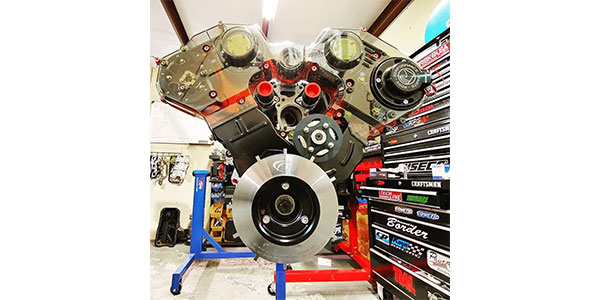
Obviously, there are many more rules involved with these classes, but those are the highlights. There are several more racing class options as well, but the ones mentioned are some of the more popular ones for series such as the OGS1320 series or Import Face-Off (IFO) series.
OGS1320 produces the Honda Day events, as well as a portfolio of events such as Spring Nationals, Summer Slam, Fall Nationals, Mitsubishi Evo vs Subaru WRX, Ratchet Fridays, and Street Wars. Each of these events feature drag racing, car shows and a lifestyle area.
Import Face-Off (IFO), which originated in 2001, organizes 40-plus events from coast to coast in the U.S. every year. The series pays out $250,000-plus in cash, trophies and prizes each year, and has given out more than $3.2 million in cash and trophy payouts since its start. Like OGS, IFO is much more than just the drag racing events.
Engine Upgrades
No matter what racing class or series your customers are competing in, the competition among import drag racers has gotten extremely fierce, and the desire to win is growing every day. Due to this need for speed and win-or-go-home attitude, engine builders are making huge leaps and bounds in import engine development.
One of the most popular engine platforms, according to Jose and Jayson Bello of JBR Engines in Tampa, FL, are Honda’s K20, K24 and B series engines. The shop builds these Honda platforms for drag racing applications, but will also build 4G63s, Toyota engines and LS engines.
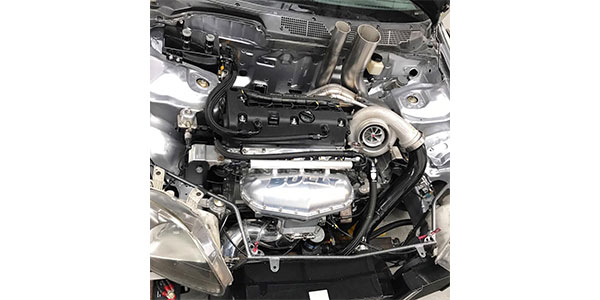
“The turbo guys use mostly B series engines,” says Jayson Bello. “The All Motor guys are using K series engines, and the Pro import class has a lot of 2JZ engines.”
JBR Engines has a heavy focus on Honda engine work and does everything in-house from sleeving to line honing to porting. The shop sets up engines depending on the driver, the tune, the fuel being used, and the aspirations of the customer.
“To start, we sleeve blocks with ductile iron sleeves from either LA Sleeve or Darton,” says Jose Bello. “We machine out the stock bore and cylinder and install the sleeves. We also bore, hone, deck and o-ring the blocks for better seal, and CNC port the cylinder head.”
Block technology for the import crowd may not quite be what it is for the domestic crowd, but according to Jayson, that’s going to be changing.
“The billet block stuff hasn’t really trickled down into the Honda stuff in a big way yet,” Jayson says. “But it’s coming soon now with a whole bunch of all-wheel drives running a lot higher boost pressures.”
Aside from its machining checklist, JBR will typically use forged pistons from CP or Arias, aluminum rods from Callies, Carrillo or Saenz, upgraded cranks from Callies, and performance valvetrain components from Ferrea or Supertech when building its high-horsepower drag engines.
“Horsepower levels definitely depend on the class,” Jose says. “In the All Motor class for naturally aspirated engines, to be competitive there with methanol, you have to make around 435 hp – 450 hp. In the turbo, SFWD class, we are making 1,300-1,400 hp.”
While most import drag racers out there opt for Mitsubishis and Hondas, there are also plenty of drag racers utilizing the GT-R engine platforms – Nissan’s RB26 and VR38 engines.
“On the VR38 for the GT-R, typically a lot of folks will upgrade to a billet bed plate, which replaces the stock girdle or the bed plate system that comes factory on the VR38, to a 1:1 replacement in billet 7075 aluminum, which really strengthens the crankshaft quite a bit,” says Mitchell Wilson of Engineered Performance. “Other upgrades are dumping the stock crankshaft and going right up to a billet crank, either from Sonny Bryant or Callies. Customers will also o-ring the cylinder heads and we’ll receiver groove the deck of the block.”
Similar to JBR Engines, Engineered Performance will often sleeve its engine blocks too. The shop will also quarter fill the block with concrete on the RB26 platform, which keeps cylinders from cracking and maintains roundness, and upgrade to a seven-billet main cap set up.
As far as pistons and rods are concerned, a lot of guys who run drag race set ups like to run aluminum billet connecting rods because those are both lightweight and strong.
“These rods do have a reduced shelf life, but when you’re going for max effort, you kind of have the responsibility to do an annual refresh if you’re drag racing that hard,” Wilson says. “For the compression ratios on pistons, a lot of guys are now using E85 as an alternative fuel, which gives us the ability to run higher compression. The average compression ratio set up is 10:1 – 10.5:1. We’ve built engines that are 12:1-13:1 on forced induction applications and they respond really well – they’re just a little tricky to tune. However, they always yield better ETs and horsepower production going with a higher compression turbo set up.”
For bearings and fasteners on these import engines, Wilson says he uses King bearings and ARP fasteners, but has started testing the waters with different fastener companies and different materials.
“On the RB application, the factory main studs are an M10 on the main girdle,” he says. “We typically will upgrade from an M10 to an M12, so we get a bigger main stud in the bottom of the block to support that crankshaft. That seems to hold extremely well under high boost applications.”
And speaking of boost, in the import world, turbochargers seem to be the go-to. The recent advancements in the turbocharger field have allowed for increased efficiency and a lot less lag, resulting in supercharger-like qualities.
“With the turbocharger set ups, we run anything from Forced Performance turbos to Xona Rotors, which is a collaboration between Tialsport and Forced Performance,” Wilson says. “We also run the Garrett G series turbos and EFR turbos from Borg Warner.”
Of course, with turbochargers becoming an increasingly common component, especially for import engines, the cylinder heads need special attention.
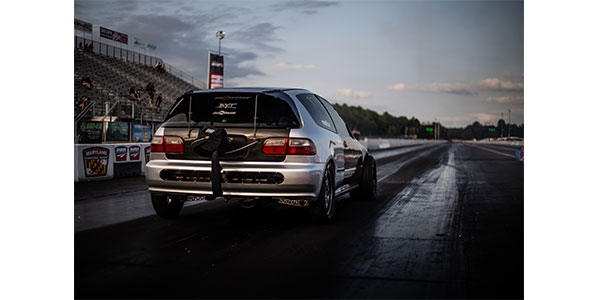
“Since most import drag race engines are turbocharged, the cylinder heads are not all about how much CFM it flows because the turbocharger is dictating what the engine can send and receive as far as air volume,” Wilson says. “There’s a lot to go for with a drag race application. Finding that perfect set up just depends on overall displacement, the stroke of the set up and what type of camshaft you’re planning to run. The turbocharger is a big deal too because the larger the turbo, the more volume they can produce. At that point, you can actually start dialing down the camshaft a little bit. If you used to run 50-60 lbs. of boost on an intermediate turbo size and you jump up to a large one, you may not have to run as much boost pressure to make that kind of power. You can dial your camshaft back and dial your boost pressure back. It’s hard to nail down an exact formula because there’s so much criteria to take into account.
“You have to look at parameters such as valve diameter – how big of a valve can you run without losing a lot of pressure drop in the system? How fast can we get the air to the back of the valve is the biggest key. How much air can we fill that cylinder with without overfilling it? That can become an issue with the intake port size and camshaft variables about how big is big enough and is it too big? Are we keeping the valve open too long and overfilling the cylinder and causing a bunch of issues?”
While turbos, cylinder head work and camshafts can necessitate some toying with, these import engines can be made more efficient by incorporating things such as parts coatings, but also, installing the right oiling system.
“Looking into the oiling system is another big aspect of the import drag set up – oil control and flow,” Wilson says. “Dry sump systems are a necessity. A wet sump system just doesn’t have enough capability to sustain a really high horsepower application.”
That being said, it is against some class rules to run a dry sump system, so make sure you know what your customer intends to run. If a dry sump is permitted, that is definitely the way to go for dedicated drag racing applications.
Lastly, really big steps in efficiency are coming from builders getting away from air-to-air intercoolers and going to water-to-air intercoolers.
“That does a number of things where you can shrink the engine packaging quite a bit,” Wilson says. “A lot of people in the dedicated drag world are putting the intercooler inside the chassis, right next to them in the passenger seat. They’re much more efficient and the coefficient of temperature drop and everything you can get out of that versus an air-to-air intercooler is much greater. Those systems are making a huge leap going forward.”
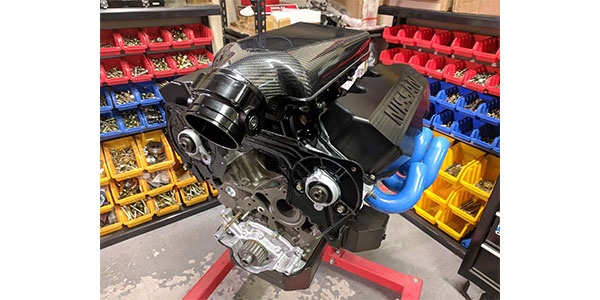
Photo by Engineered Performance.
With tougher and tougher competition coming to the import drag racing world, it is now more crucial than ever for racers to utilize a reputable engine builder who can get you results your time and money deserve. It’s no longer good enough to focus on one aspect of the engine or simply slap on a turbocharger. Serious competitors will want to upgrade the entire engine.
“The bar has been raised substantially in the last few years to where 800-1,000 hp is essentially what you’re going to need to really be competitive amongst the crowd and make an effort with it,” Wilson says.
The import drag racing scene may be getting crazy, but you can help your customers cross the finish line – hopefully with record times!











